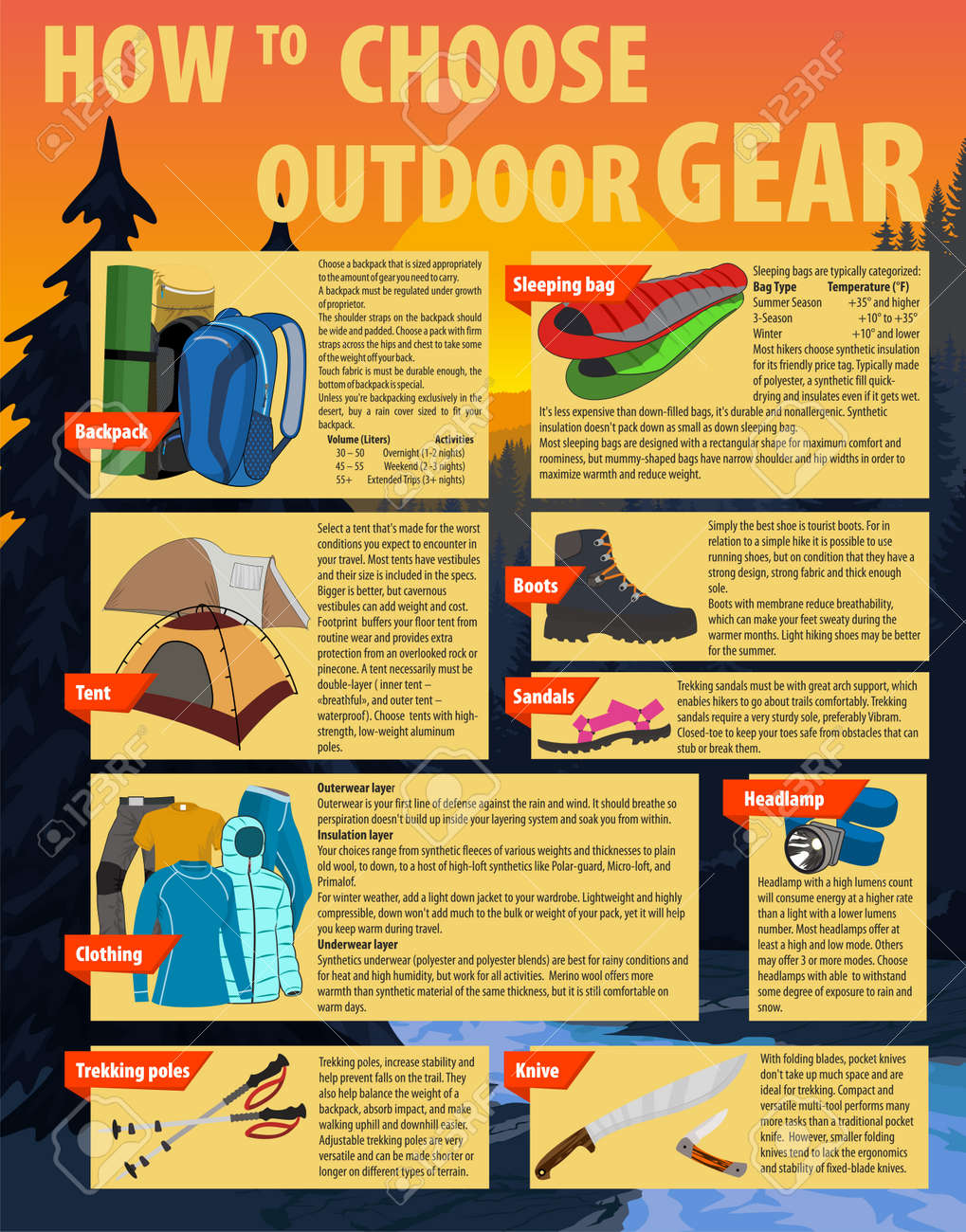Several backpackers select inner frame loads for their sleek and form-fitting style. Their form helps maintain the weight better to your body, boosting stability on rough trails or off-trail scrambling.
They additionally do not reveal as much of the pack to the atmosphere-- a plus if you intend on bushwhacking and need to avoid sharp branches that can snag gear.
Weight Circulation
While internal structure packs are extra popular than external frame backpacks for most hikers, exterior structures continue to be a staple for long explorations and heavy lots. They are made to distribute the weight of your gear across your shoulders, back, and hips for maximum comfort.
They have big spaces in between the pack bag and the frame for ventilation which allows air to flow over your back while hiking. They are good for hot weather walks and for walkers who want to reduce sweating against their backs.
On the downside, externals often tend to rest farther away from your upper body so you'll need to lean onward much more while hiking, which can be hard on your spine and knees over prolonged journeys. The subjected framework likewise implies that your backpack might get caught on rocks, roots, or various other barriers as you clamber along routes or duck under blow downs on coastal headlands. They likewise tend to be more pricey than internal framework packs.
Ventilation
Exterior frame backpacks rest farther away from your upper body, which boosts air movement and minimizes sweat aspect on your back. Internal frames, nevertheless, hug your body, which can result in poor ventilation and an increased threat of warmth stroke on warm days.
It's likewise important to consider whether your layout requirements is based on un-adapted people (first entering the space), or adjusted ones (individuals that have remained in the area for some time). The air flow prices may be different between these 2 situations.
Furthermore, external structure packs transfer load to your hips, which permits you to embrace an upright walking posture and are excellent for route walking. They are not, however, helpful for rushing due to their top-heavy layouts.
Adjustability
While it might seem as though internal structure packs have actually won the day in terms of pack selection and innovation, externals do supply some advantages. A big draw is the capacity to strap gear straight to the pack framework, offering versatility for varying the dimension of the load and boosting availability. Many outside framework packs likewise feature a wide range of smaller sized outer pockets to assist arrange equipment, with access to the major area usually coming through the top of the packbag.
This allows the user to better control their lots weight, reducing tension on the shoulders and neck. They likewise enable the user to maintain the pack better to the body, which enhances stability on rugged tracks and when scrambling off trail.
Convenience
For those that have a narrower upper body or hip size, the external frame design might really feel much more snug than internal versions. This close fit lowers the amount of room tent ventilation for gear and can make it challenging to safeguard items safely without influencing access to the bag contents.
The good news is, this tighter fit is less of a concern in contemporary internal framework loads thanks to the many adjustable shock absorber available. Plus, the space in between the frame and packbag enables air to distribute, decreasing sweating.
This additionally makes the internal framework perfect for technical walkings that call for stability and dexterity when navigating rugged routes and off-trail clambering. While the selection of outside frame knapsacks has actually been decreasing over the years, they are still the go-to selection for several outdoor enthusiasts due to their sturdiness and capacity. However, for those who want the most comfortable hiking experience we recommend choosing an inner structure design that is sized properly to your upper body and hips.
